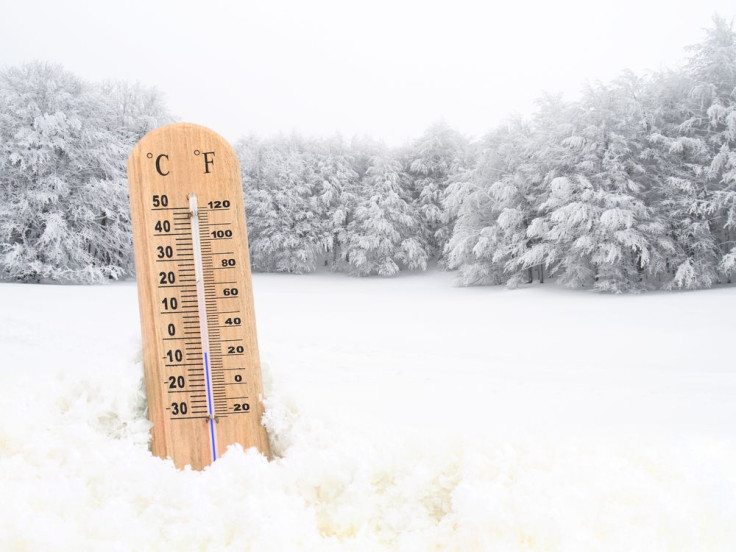Cold Weather Kills 20 Times More People Than Hot Weather

If you’re like me, you’re forced to deal with a bothersome paradox year in and year out based on where you live: hoping for heat in the winter and hoping for cold in the summer. A recent study published in The Lancet has revealed that cold weather kills 20 times as many people as hot weather. Suddenly, the sweltering heat we deal with each summer doesn’t seem all that bad.
"It's often assumed that extreme weather causes the majority of deaths, with most previous research focusing on the effects of extreme heat waves," Dr. Antonio Gasparrini, from the London School of Hygiene & Tropical Medicine in the UK, said in a statement. "Our findings, from an analysis of the largest dataset of temperature-related deaths ever collected, show that the majority of these deaths actually happen on moderately hot and cold days, with most deaths caused by moderately cold temperatures."
Gasparrini and his colleagues analyzed 74,225,200 deaths that occurred between 1985 and 2012 in 13 countries with cold to subtropical climates. Researchers determined the temperature of minimum mortality, or the optimal temperature, and total deaths due to non-optimal temperature in each location using data on daily average temperature, death rates, humidity, and air pollution. The relative contributions to heat and cold — moderate to extreme temperatures — were also accounted for.
Non-optimal temperatures resulted in around 7.71 percent of all deaths, 7.29 percent of which occurred due to cold weather compared to 0.42 percent that were attributed to hot weather. Surprisingly, researchers found that less than one percent of all deaths were attributed to either extremely hot temperatures or extremely cold temperatures. Mildly sub-optimal temperatures accounted for seven percent of all deaths, including 6.66 percent that were linked to moderate cold.
"Current public health policies focus almost exclusively on minimizing the health consequences of heat waves," Gasparrini added. "Our findings suggest that these measures need to be refocused and extended to take account of a whole range of effects associated with temperature."
A similar study conducted by scientists from Yale University found that, contrary to popular belief, the common cold does thrive in colder climates. Drawing on a 1960 study that found rhinoviruses multiply at a faster rate at 91.4 Fahrenheit compared to body temperature (98.6 Fahrenheit), the research team revealed that common cold viruses not only replicate more efficiently at lower temperatures, but also produce higher levels of infectious particles.
Source: Guo Y, Hshizume M, Gasparrini A, et al. Mortality risk attributable to high and low ambient temperature: a multicountry observational study. The Lancet. 2015.



























